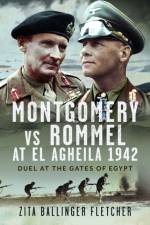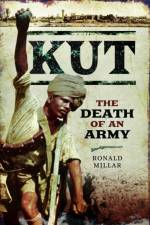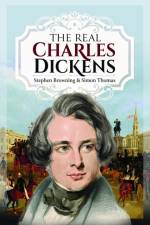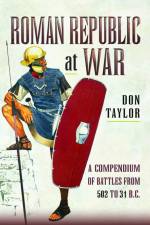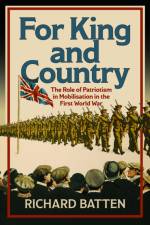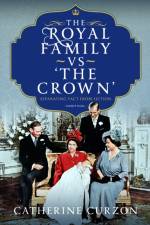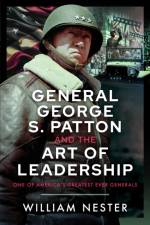av Maxine Harcourt-Kelly
321
In October 1943, Frederick Bailey, a wireless operator who had trained with the Royal Armoured Corps, was selected for Special Operation Executive's wireless training centre at Fawley Court, Henley-on-Thames. It was the start of an incredible wartime career that saw Fred serve behind enemy lines in both the European and Far East theatres. With his training complete, and having adopted the fieldname Rétif, Sergeant Bailey became a member of one of the famous Jedburgh units, Team Citröen. The Jedburghs generally consisted of compact teams of three men, usually an officer, a radio operator and a soldier from the country the team was to be dropped into. Together with Major John Smallwood and Captain Pierre Bloch, a French Foreign Legionnaire, Bailey, as Team Citröen's radio operator, was dropped in into the Lagarde area of the Vaucluse region in German-occupied France by an American aircrew from Algiers during the night of 11/12 August 1944. Their mission was to support the local Resistance groups in the rear of the German units trying to hold back the Allied forces sweeping through France after D-Day. As Maxine Harcourt-Kelly reveals, the fear of Bailey's transmissions being intercepted by the Germans, as well as the constant danger of their location being revealed by informers, meant that Team Citröen was constantly on the move. Despite this, on one occasion the group knocked out an enemy tank with the help of an intrepid young Frenchman, who ran up to it armed only with a grenade and dropped it through the driver's viewing hatch. One morning, Bailey learnt that a large German convoy was moving along the road from Grenoble to Lyon. He sent a coded message to HQ in Algiers asking for an immediate air strike. A series of Mosquito fighter bombers attacked and destroyed the whole convoy. Fred also caused major disruption to German attempts to withdraw by calling in air support which destroyed a vital bridge. Fred was Mentioned in Despatches and awarded the Croix de Guerre with Bronze Star by the French. With his war in Europe over, Fed volunteered to serve with SOE's Force 136 in the Far East. He was duly sent out to Burma where he was dispatched into the Keren Hills to monitor the routes being used by the retreating Japanese. Fred was able to send regular reports on enemy troop movements and direct Allied air strikes. On one occasion, they ambushed a Japanese convoy. A fierce firefight developed, but they slipped back into the jungle before the Japanese could counter-attack. These attacks were so disruptive that the Japanese were forced to form a special force to hunt Fred's team down. As they could not be resupplied, Fred's team grew weaker. Before long, with nothing to eat but a handful of rice each day, the team was beginning to starve. It was left with no option but to evacuate. Even then, Fred's adventures were far from over. In August 1945, he was dropped into Malaya tasked with finding any American aircrew who had been shot down and taken prisoner south of Kuala Lumpur. This is the action-packed story of one man's remarkable war serving in Allied Special Forces units behind enemy lines in both Occupied Europe and the Far East.


